THE HISTORY OF THE ARIEL MOTOR COMPANY  https://abs.twimg.com/emoji/v2/... draggable="false" alt="🇬🇧" title="Flagge des Vereinigten Königreiches" aria-label="Emoji: Flagge des Vereinigten Königreiches">
https://abs.twimg.com/emoji/v2/... draggable="false" alt="🇬🇧" title="Flagge des Vereinigten Königreiches" aria-label="Emoji: Flagge des Vereinigten Königreiches"> https://abs.twimg.com/emoji/v2/... draggable="false" alt="🏎️" title="Rennauto" aria-label="Emoji: Rennauto">
https://abs.twimg.com/emoji/v2/... draggable="false" alt="🏎️" title="Rennauto" aria-label="Emoji: Rennauto"> https://abs.twimg.com/emoji/v2/... draggable="false" alt="🏍️" title="Rennmotorad" aria-label="Emoji: Rennmotorad">
https://abs.twimg.com/emoji/v2/... draggable="false" alt="🏍️" title="Rennmotorad" aria-label="Emoji: Rennmotorad">
We& #39;ll be dealing with its Birth, Rebirth, Success and Growth as a brand.
A Thread https://abs.twimg.com/emoji/v2/... draggable="false" alt="👇🏾" title="Rückhand Zeigefinger nach unten (durchschnittlich dunkler Hautton)" aria-label="Emoji: Rückhand Zeigefinger nach unten (durchschnittlich dunkler Hautton)">
https://abs.twimg.com/emoji/v2/... draggable="false" alt="👇🏾" title="Rückhand Zeigefinger nach unten (durchschnittlich dunkler Hautton)" aria-label="Emoji: Rückhand Zeigefinger nach unten (durchschnittlich dunkler Hautton)"> https://abs.twimg.com/emoji/v2/... draggable="false" alt="📍" title="Runde Reißzwecke" aria-label="Emoji: Runde Reißzwecke">
https://abs.twimg.com/emoji/v2/... draggable="false" alt="📍" title="Runde Reißzwecke" aria-label="Emoji: Runde Reißzwecke"> https://abs.twimg.com/emoji/v2/... draggable="false" alt="📌" title="Reißzwecke" aria-label="Emoji: Reißzwecke">
https://abs.twimg.com/emoji/v2/... draggable="false" alt="📌" title="Reißzwecke" aria-label="Emoji: Reißzwecke">
We& #39;ll be dealing with its Birth, Rebirth, Success and Growth as a brand.
A Thread
The name Ariel has been synonymous with vehicle production since 1870 and is one of the oldest marques in British motoring history. During its earliest years they& #39;ve been (Mostly) manufacturering bicycles, motorcycles, and some cars for racing purposes.
Ariel Motor Company Ltd is a low-volume performance motor vehicle manufacturing company in Crewkerne, in Somerset, England. Founded by Simon Saunders in 1991 as Solocrest Ltd., the name was changed in 1999 to Ariel Motor Company Ltd.
The original Ariel Motors remains as the trading company of the Ariel Owners Motorcycle Club (AOMCC) Ariel Motorcycles firm.
Ariel Motor Company is one of the UK& #39;s smallest automotive companies, with just 30 employees, producing up to 100 cars per year.
(Rough Estimate https://abs.twimg.com/emoji/v2/... draggable="false" alt="🤏🏾" title="Kneifende Hand (durchschnittlich dunkler Hautton)" aria-label="Emoji: Kneifende Hand (durchschnittlich dunkler Hautton)">)
https://abs.twimg.com/emoji/v2/... draggable="false" alt="🤏🏾" title="Kneifende Hand (durchschnittlich dunkler Hautton)" aria-label="Emoji: Kneifende Hand (durchschnittlich dunkler Hautton)">)
(Rough Estimate
Ariel Motor Company has a U.S division  https://abs.twimg.com/emoji/v2/... draggable="false" alt="🇺🇸" title="Flagge der Vereinigten Staaten" aria-label="Emoji: Flagge der Vereinigten Staaten"> called the TMI Autotech Inc. , established in 2009.
https://abs.twimg.com/emoji/v2/... draggable="false" alt="🇺🇸" title="Flagge der Vereinigten Staaten" aria-label="Emoji: Flagge der Vereinigten Staaten"> called the TMI Autotech Inc. , established in 2009.
The beauty of this brand is that they build their product according to customer specification (depending on the range of options they have though). Like a high end Boutique.
ARIEL ATOM
(the Quintessential Track-Day Bro Machine)
When it was introduced, it shocked the supercar game with its amazing acceleration and cornering ability.
(the Quintessential Track-Day Bro Machine)
When it was introduced, it shocked the supercar game with its amazing acceleration and cornering ability.
There are 4 generations of the Atom. In each generation there had been revisions and tweaks. But the most current version the Atom 4 had been reworked from the ground-up with the aim of making it more refined, while retaining its track-focused nature.
1. The engineering
a. Chassis and body structure.
The Atom is the world& #39;s first road-going exoskeletal car; it has no bodywork or roof, and is built (welded) entirely around the tube chassis (made from Steel, bronze and phosphate) making it weigh around (1,102 lb/500KG).
a. Chassis and body structure.
The Atom is the world& #39;s first road-going exoskeletal car; it has no bodywork or roof, and is built (welded) entirely around the tube chassis (made from Steel, bronze and phosphate) making it weigh around (1,102 lb/500KG).
Overall the car was built for structural rigidity. Some minor body panels are made from a blend of fiberglass, Polyurethane and Kevlar.
b. Suspension set-up
Unequal length TIG welded wishbones.
Outboard adjustable rod ends.
Inboard rubber bushes.
Lightweight fabricated uprights.
Adjustable suspension push rods.
Aluminium bell cranks.
Inboard monotube Bilstein dampers.
Dual-rate Eibach springs.
Unequal length TIG welded wishbones.
Outboard adjustable rod ends.
Inboard rubber bushes.
Lightweight fabricated uprights.
Adjustable suspension push rods.
Aluminium bell cranks.
Inboard monotube Bilstein dampers.
Dual-rate Eibach springs.
c. Engine and Gearbox
To not overcomplicate this, let me simplify it for you. The first generation Atom 1 used a Rover K series engine. However from the second generation going onwards Honda has been the main plug for Ariel Motor Company for 20 years.
To not overcomplicate this, let me simplify it for you. The first generation Atom 1 used a Rover K series engine. However from the second generation going onwards Honda has been the main plug for Ariel Motor Company for 20 years.
Supplying them with their potent engines (K20A, K24A and K20C respectively) (early versions were mostly Supercharged while the recent versions are turbocharged). Also Honda supplies their tried and tested 6-Speed Manual Transmission.
https://youtu.be/gHkwVkJi3PU ">https://youtu.be/gHkwVkJi3...
https://youtu.be/gHkwVkJi3PU ">https://youtu.be/gHkwVkJi3...
There are two (2) exceptions though. 1. For the more exclusive Ariel Atom V8 used 2 Suzuki motorcycle engines (Hayabusa) pushing around 500 hp/373KW across the rear wheels. 2. The Ariel Atom 3.5 R and Atom V8 respectively use a Sadev Sequential Racing Gearbox.
The current flagship Atom 4 is the most developed Atom for the company. The company listened to suggestions offered by the customer base and listed common issues/complaints from previous generation Atoms (3.5, 3, 2,1) in order to address them. To further attract more customers.
Here are the improvements:
Longer Wheel base
Aerodynamics
New suspension upright (Steel https://abs.twimg.com/emoji/v2/... draggable="false" alt="➡️" title="Pfeil nach rechts" aria-label="Emoji: Pfeil nach rechts"> Aluminum)
https://abs.twimg.com/emoji/v2/... draggable="false" alt="➡️" title="Pfeil nach rechts" aria-label="Emoji: Pfeil nach rechts"> Aluminum)
More softer and forgiving suspension geometry.
Better Ergonomics
Updated Electronics
And Most importantly a Global supply network instead of a regional supply network.
Longer Wheel base
Aerodynamics
New suspension upright (Steel
More softer and forgiving suspension geometry.
Better Ergonomics
Updated Electronics
And Most importantly a Global supply network instead of a regional supply network.
SPECS
Engine: 2.0 litre DOHC turbocharged inline 4
Drivetrain: Mid-engined Rear-Wheel Drive
Transmission: 6 speed Manual Transmission
Curb Weight: 612 KG (1,349 lb)
Power: 320HP(239KW)/350HP(261KW) @6500RPM
Torque: 310lb ft (420nm) @3000RPM
Power-Weight Ratio: 0.52 HP per KG
Engine: 2.0 litre DOHC turbocharged inline 4
Drivetrain: Mid-engined Rear-Wheel Drive
Transmission: 6 speed Manual Transmission
Curb Weight: 612 KG (1,349 lb)
Power: 320HP(239KW)/350HP(261KW) @6500RPM
Torque: 310lb ft (420nm) @3000RPM
Power-Weight Ratio: 0.52 HP per KG
0-62Mph/0-100km/h: sub 2.9 seconds
Quatermile: sub 12 seconds
Top Speed: 162Mph (261Km/h)
Quatermile: sub 12 seconds
Top Speed: 162Mph (261Km/h)
I highly recommend you to watch SavageGeese& #39;s recent videos of the Atom 4 and Atom 3.5 for more in-depth look on the brand.
https://youtu.be/K8WFDwNvigs
https://youtu.be/K8WFDwNvi... href="">https://youtu.be/XLUrozEM5...
https://youtu.be/K8WFDwNvigs
ARIEL NOMAD
This is one of the company& #39;s most recent product that is aimed at off-roading (ie trailing, dune blasting etc)
It is similar to the more track-focused Atom in terms of Chassis pattern, Gearbox and Engine (K24A). But that& #39;s where the similarities end.
This is one of the company& #39;s most recent product that is aimed at off-roading (ie trailing, dune blasting etc)
It is similar to the more track-focused Atom in terms of Chassis pattern, Gearbox and Engine (K24A). But that& #39;s where the similarities end.
SPECS
Engine: 2.4 litre DOHC Naturally Aspirated inline 4
Drivetrain: Mid-engined Rear-Wheel Drive
Transmission: 6 speed Manual Transmission
Curb Weight: 1477 lbs (670 KG)
Power: 238 HP (175KW) @ 7200 RPM
Torque: 221 lb-ft (300 Nm) @ 4300 RPM
0-62Mph/0-100km/h: 3.4 seconds.
Engine: 2.4 litre DOHC Naturally Aspirated inline 4
Drivetrain: Mid-engined Rear-Wheel Drive
Transmission: 6 speed Manual Transmission
Curb Weight: 1477 lbs (670 KG)
Power: 238 HP (175KW) @ 7200 RPM
Torque: 221 lb-ft (300 Nm) @ 4300 RPM
0-62Mph/0-100km/h: 3.4 seconds.
Quatermile: Mid 11s
Top Speed: 125Mph (201Km/h)
Top Speed: 125Mph (201Km/h)
There is another variant of the of the Nomad called the NOMAD R.
The Nomad R is a more bespoke/exclusive version (only 5 produced). But here& #39;s the thing, it is less off-road capable than the normal Nomad. It is built to "Tarmac Rally" Specification (whatever that means https://abs.twimg.com/emoji/v2/... draggable="false" alt="🤷🏽♂️" title="Achselzuckender Mann (mittlerer Hautton)" aria-label="Emoji: Achselzuckender Mann (mittlerer Hautton)">)
https://abs.twimg.com/emoji/v2/... draggable="false" alt="🤷🏽♂️" title="Achselzuckender Mann (mittlerer Hautton)" aria-label="Emoji: Achselzuckender Mann (mittlerer Hautton)">)
The Nomad R is a more bespoke/exclusive version (only 5 produced). But here& #39;s the thing, it is less off-road capable than the normal Nomad. It is built to "Tarmac Rally" Specification (whatever that means
So what are the differences?
Sadev Racing Sequential Transmission
New engine from Honda K20Z3 (Supercharged inline 4)
More track focused suspension set-ups and suspension geometry.
Sadev Racing Sequential Transmission
New engine from Honda K20Z3 (Supercharged inline 4)
More track focused suspension set-ups and suspension geometry.
SPECS (obviously)
Engine: 2.0 litre DOHC Supercharged inline 4
Drivetrain: Mid-engined Rear-Wheel Drive
Transmission: 6 speed Sequential Transmission
Weight: 1477 lbs (670 KG)
Power: 335 Bhp (250KW) @7600RPM
Torque: 244 lb ft (330nm) @5500RPM
Power-Weight Ratio: 0.5 HP per KG
Engine: 2.0 litre DOHC Supercharged inline 4
Drivetrain: Mid-engined Rear-Wheel Drive
Transmission: 6 speed Sequential Transmission
Weight: 1477 lbs (670 KG)
Power: 335 Bhp (250KW) @7600RPM
Torque: 244 lb ft (330nm) @5500RPM
Power-Weight Ratio: 0.5 HP per KG
0-62Mph/0-100km/h: 2.9 seconds
Quatermile: sub 11 seconds
Top Speed: 121Mph (195Km/h).
Quatermile: sub 11 seconds
Top Speed: 121Mph (195Km/h).
I hope you enjoyed this thread. But the story will continue tomorrow. The Chapter for Ariel will talk about remembrance of their roots. If I& #39;m not making sense let me simplify it for you, we will be talking about a very special bike. Stay Tuned  https://abs.twimg.com/emoji/v2/... draggable="false" alt="🤙🏾" title="„Ruf mich an!” (durchschnittlich dunkler Hautton)" aria-label="Emoji: „Ruf mich an!” (durchschnittlich dunkler Hautton)">.
https://abs.twimg.com/emoji/v2/... draggable="false" alt="🤙🏾" title="„Ruf mich an!” (durchschnittlich dunkler Hautton)" aria-label="Emoji: „Ruf mich an!” (durchschnittlich dunkler Hautton)">.

 Read on Twitter
Read on Twitter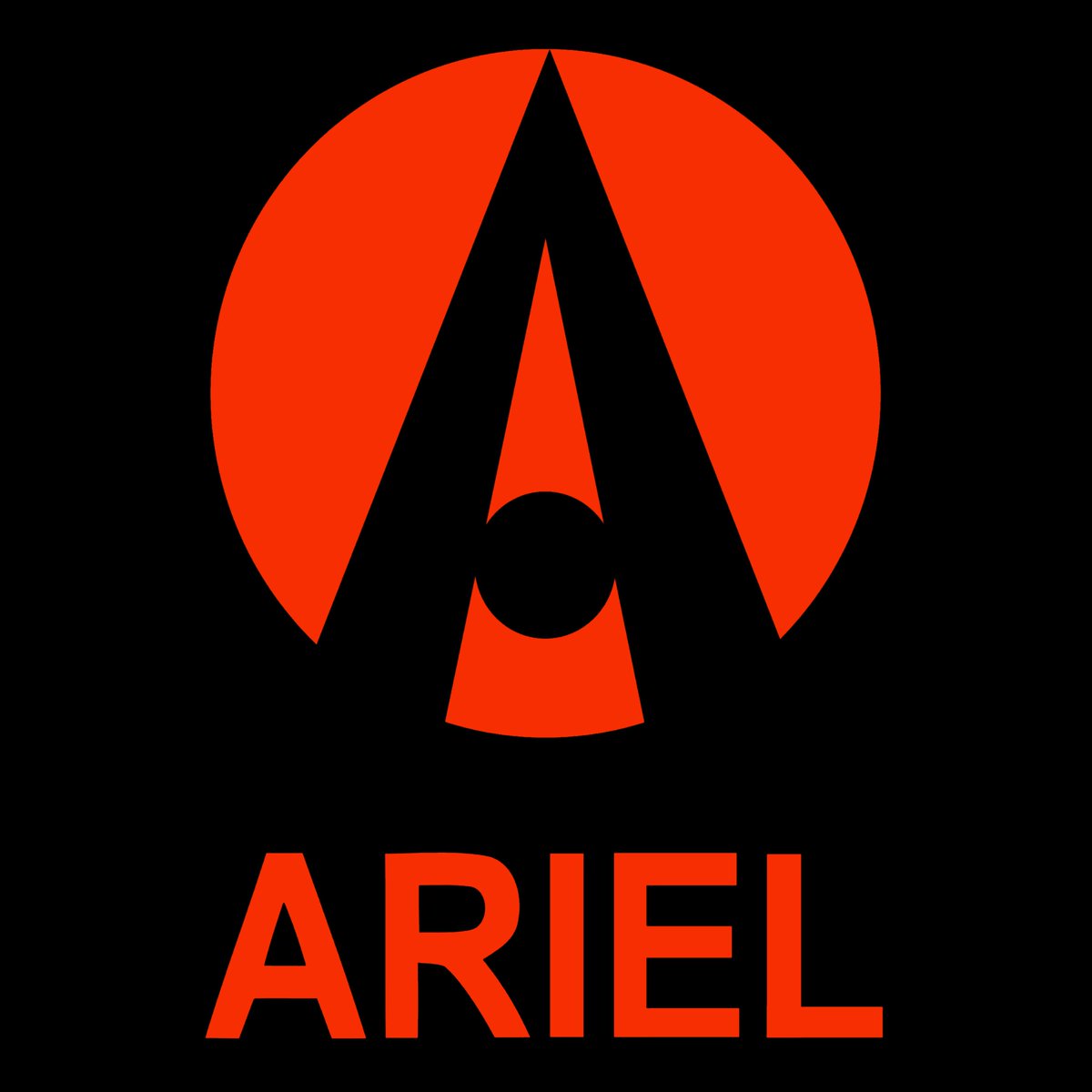 https://abs.twimg.com/emoji/v2/... draggable="false" alt="🏎️" title="Rennauto" aria-label="Emoji: Rennauto">https://abs.twimg.com/emoji/v2/... draggable="false" alt="🏍️" title="Rennmotorad" aria-label="Emoji: Rennmotorad">We& #39;ll be dealing with its Birth, Rebirth, Success and Growth as a brand.A Thread https://abs.twimg.com/emoji/v2/... draggable="false" alt="👇🏾" title="Rückhand Zeigefinger nach unten (durchschnittlich dunkler Hautton)" aria-label="Emoji: Rückhand Zeigefinger nach unten (durchschnittlich dunkler Hautton)">https://abs.twimg.com/emoji/v2/... draggable="false" alt="📍" title="Runde Reißzwecke" aria-label="Emoji: Runde Reißzwecke">https://abs.twimg.com/emoji/v2/... draggable="false" alt="📌" title="Reißzwecke" aria-label="Emoji: Reißzwecke">" title="THE HISTORY OF THE ARIEL MOTOR COMPANY https://abs.twimg.com/emoji/v2/... draggable="false" alt="🇬🇧" title="Flagge des Vereinigten Königreiches" aria-label="Emoji: Flagge des Vereinigten Königreiches">https://abs.twimg.com/emoji/v2/... draggable="false" alt="🏎️" title="Rennauto" aria-label="Emoji: Rennauto">https://abs.twimg.com/emoji/v2/... draggable="false" alt="🏍️" title="Rennmotorad" aria-label="Emoji: Rennmotorad">We& #39;ll be dealing with its Birth, Rebirth, Success and Growth as a brand.A Thread https://abs.twimg.com/emoji/v2/... draggable="false" alt="👇🏾" title="Rückhand Zeigefinger nach unten (durchschnittlich dunkler Hautton)" aria-label="Emoji: Rückhand Zeigefinger nach unten (durchschnittlich dunkler Hautton)">https://abs.twimg.com/emoji/v2/... draggable="false" alt="📍" title="Runde Reißzwecke" aria-label="Emoji: Runde Reißzwecke">https://abs.twimg.com/emoji/v2/... draggable="false" alt="📌" title="Reißzwecke" aria-label="Emoji: Reißzwecke">" class="img-responsive" style="max-width:100%;"/>
https://abs.twimg.com/emoji/v2/... draggable="false" alt="🏎️" title="Rennauto" aria-label="Emoji: Rennauto">https://abs.twimg.com/emoji/v2/... draggable="false" alt="🏍️" title="Rennmotorad" aria-label="Emoji: Rennmotorad">We& #39;ll be dealing with its Birth, Rebirth, Success and Growth as a brand.A Thread https://abs.twimg.com/emoji/v2/... draggable="false" alt="👇🏾" title="Rückhand Zeigefinger nach unten (durchschnittlich dunkler Hautton)" aria-label="Emoji: Rückhand Zeigefinger nach unten (durchschnittlich dunkler Hautton)">https://abs.twimg.com/emoji/v2/... draggable="false" alt="📍" title="Runde Reißzwecke" aria-label="Emoji: Runde Reißzwecke">https://abs.twimg.com/emoji/v2/... draggable="false" alt="📌" title="Reißzwecke" aria-label="Emoji: Reißzwecke">" title="THE HISTORY OF THE ARIEL MOTOR COMPANY https://abs.twimg.com/emoji/v2/... draggable="false" alt="🇬🇧" title="Flagge des Vereinigten Königreiches" aria-label="Emoji: Flagge des Vereinigten Königreiches">https://abs.twimg.com/emoji/v2/... draggable="false" alt="🏎️" title="Rennauto" aria-label="Emoji: Rennauto">https://abs.twimg.com/emoji/v2/... draggable="false" alt="🏍️" title="Rennmotorad" aria-label="Emoji: Rennmotorad">We& #39;ll be dealing with its Birth, Rebirth, Success and Growth as a brand.A Thread https://abs.twimg.com/emoji/v2/... draggable="false" alt="👇🏾" title="Rückhand Zeigefinger nach unten (durchschnittlich dunkler Hautton)" aria-label="Emoji: Rückhand Zeigefinger nach unten (durchschnittlich dunkler Hautton)">https://abs.twimg.com/emoji/v2/... draggable="false" alt="📍" title="Runde Reißzwecke" aria-label="Emoji: Runde Reißzwecke">https://abs.twimg.com/emoji/v2/... draggable="false" alt="📌" title="Reißzwecke" aria-label="Emoji: Reißzwecke">" class="img-responsive" style="max-width:100%;"/>
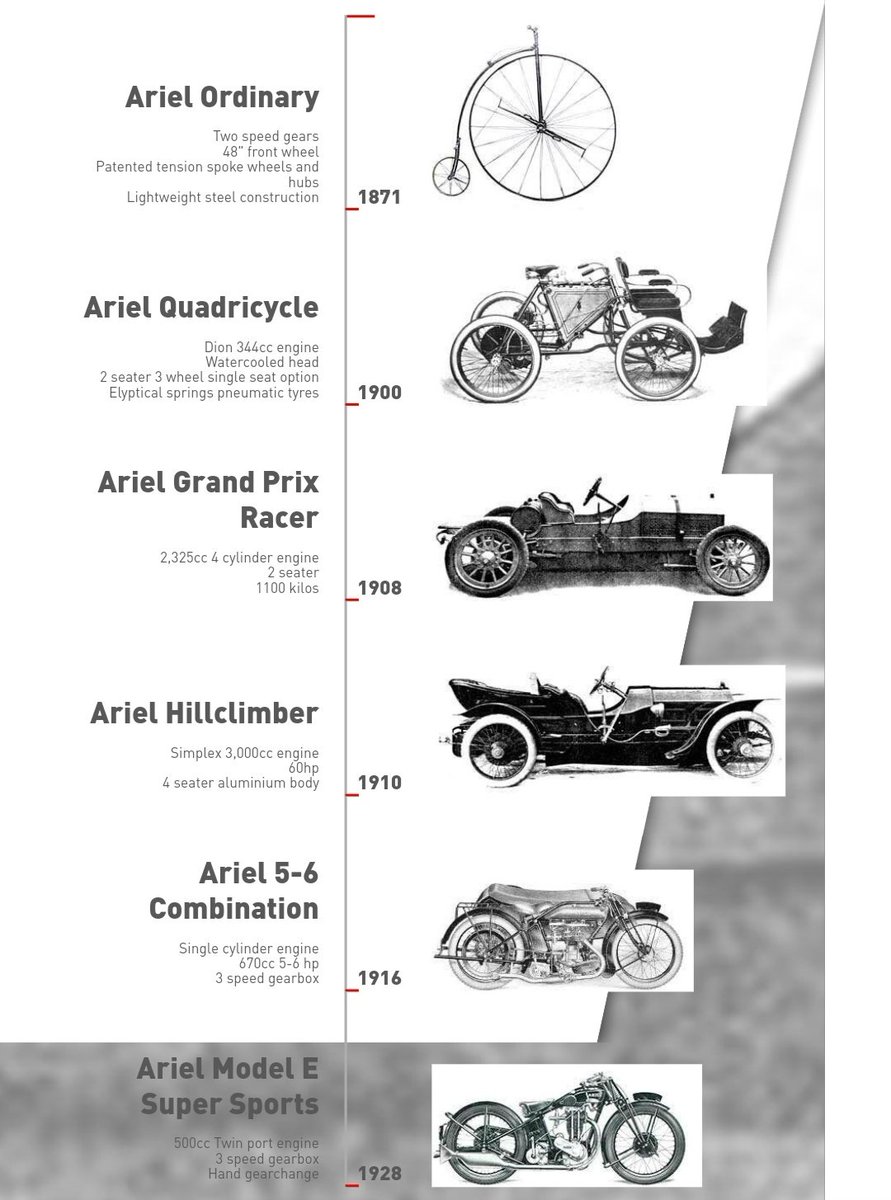
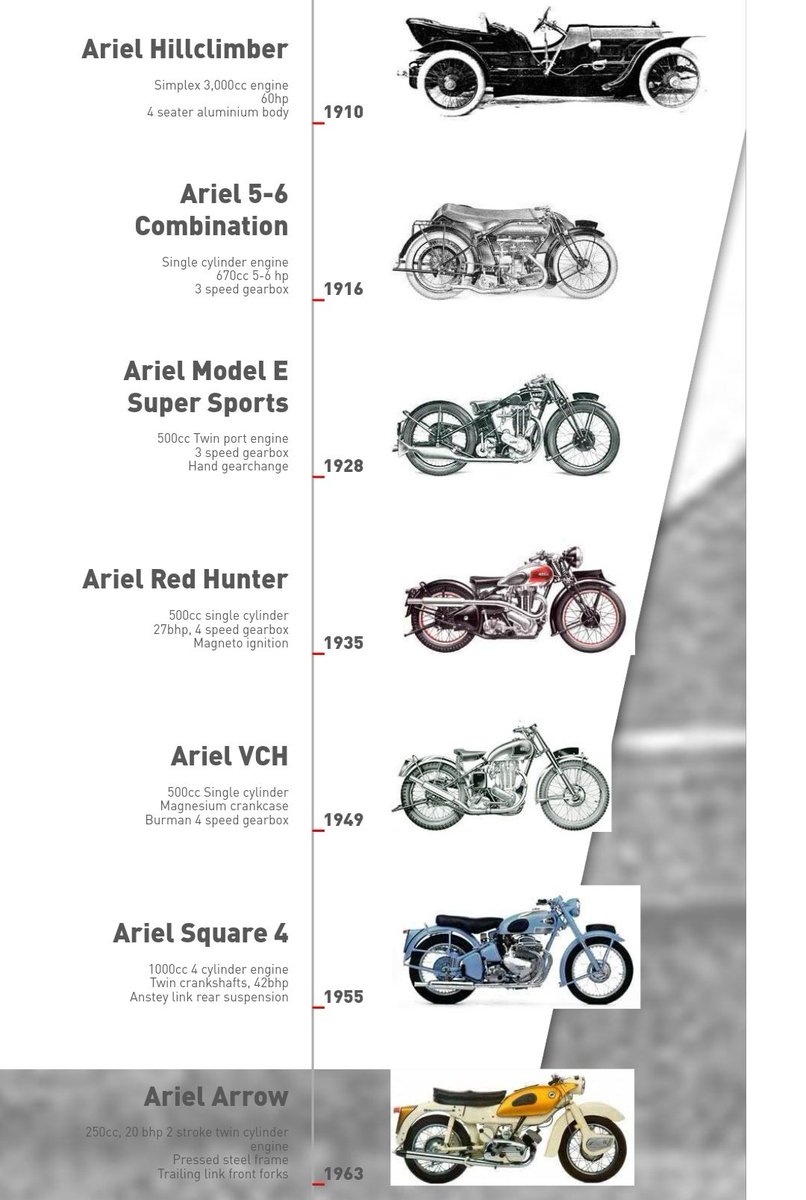
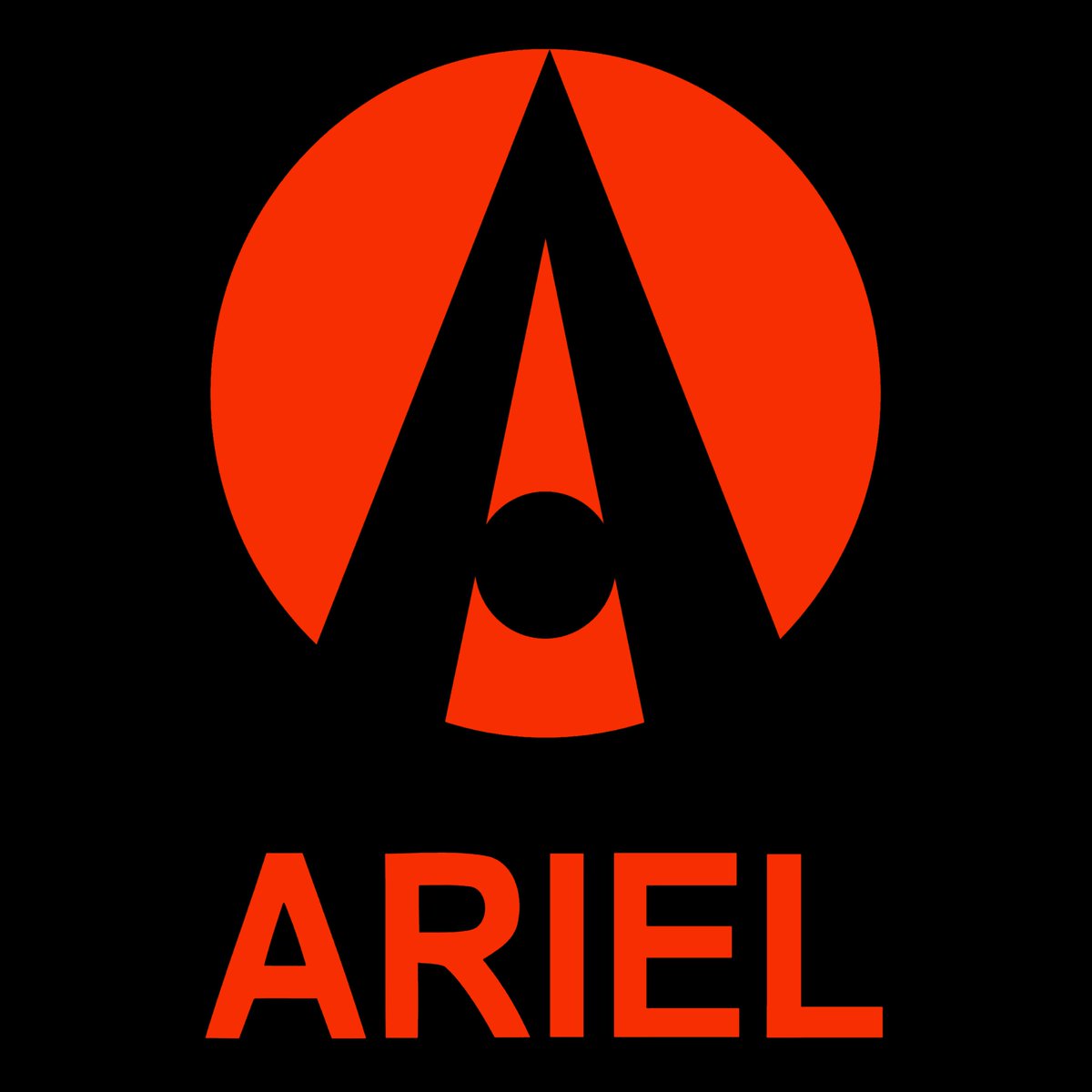
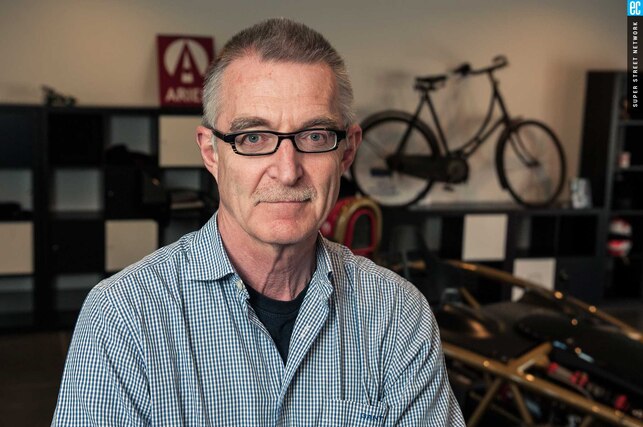
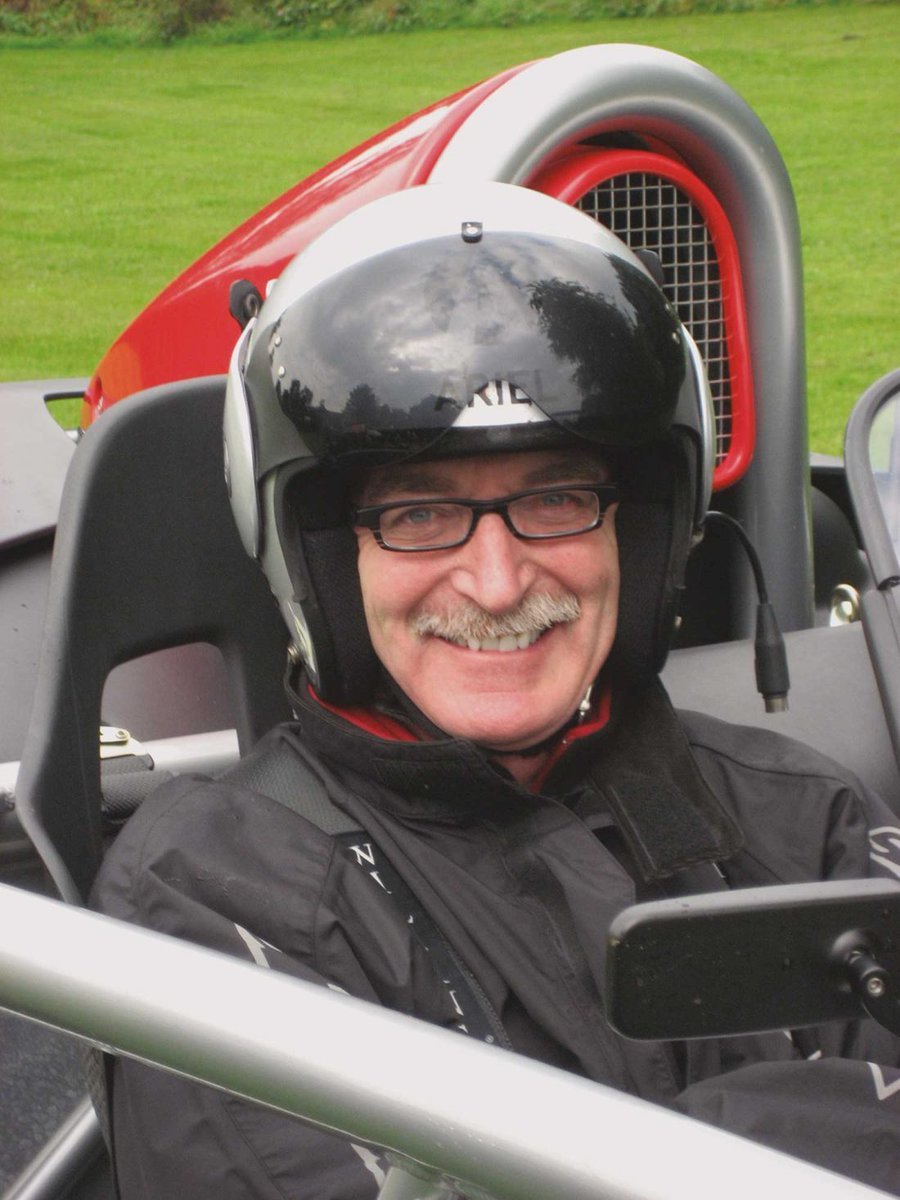

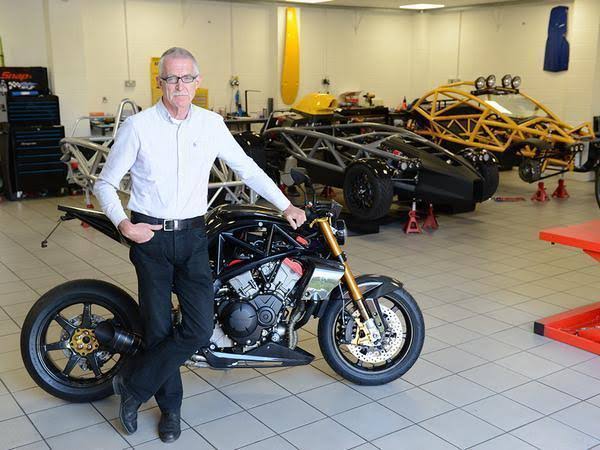 )" title="Ariel Motor Company is one of the UK& #39;s smallest automotive companies, with just 30 employees, producing up to 100 cars per year.(Rough Estimate https://abs.twimg.com/emoji/v2/... draggable="false" alt="🤏🏾" title="Kneifende Hand (durchschnittlich dunkler Hautton)" aria-label="Emoji: Kneifende Hand (durchschnittlich dunkler Hautton)">)" class="img-responsive" style="max-width:100%;"/>
)" title="Ariel Motor Company is one of the UK& #39;s smallest automotive companies, with just 30 employees, producing up to 100 cars per year.(Rough Estimate https://abs.twimg.com/emoji/v2/... draggable="false" alt="🤏🏾" title="Kneifende Hand (durchschnittlich dunkler Hautton)" aria-label="Emoji: Kneifende Hand (durchschnittlich dunkler Hautton)">)" class="img-responsive" style="max-width:100%;"/>
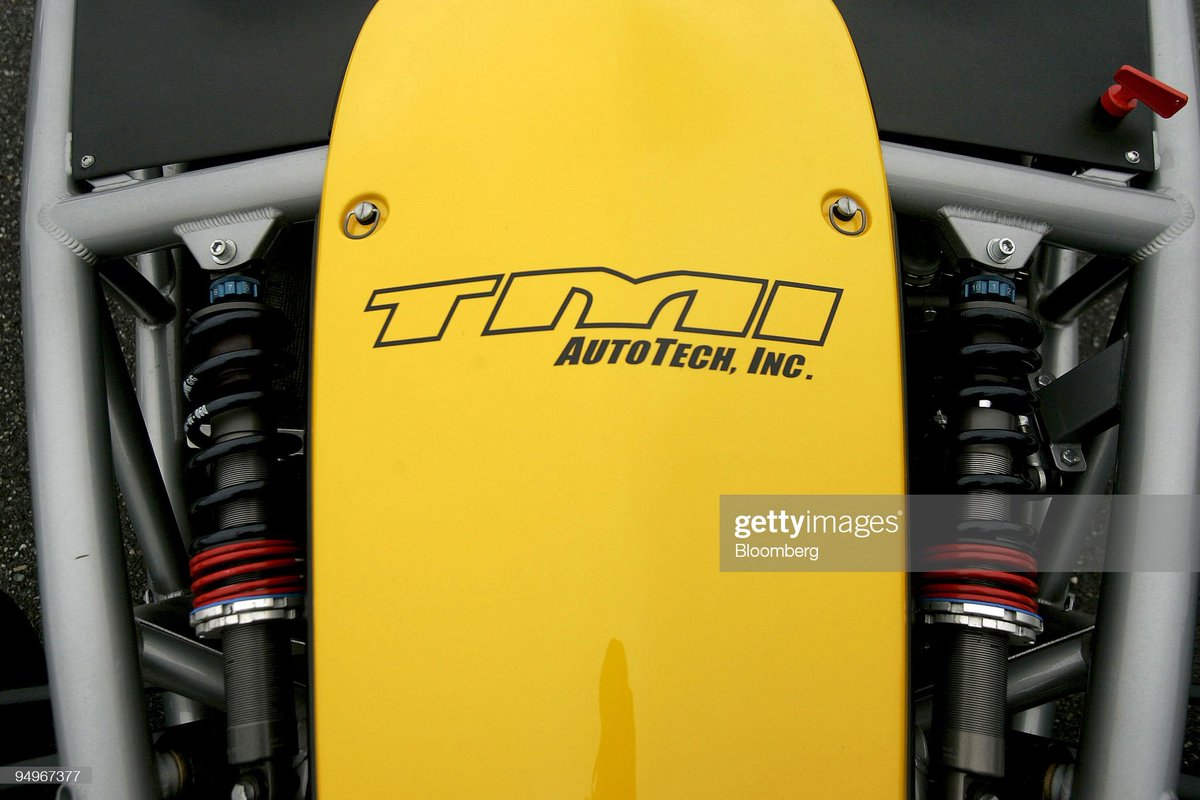 called the TMI Autotech Inc. , established in 2009." title="Ariel Motor Company has a U.S division https://abs.twimg.com/emoji/v2/... draggable="false" alt="🇺🇸" title="Flagge der Vereinigten Staaten" aria-label="Emoji: Flagge der Vereinigten Staaten"> called the TMI Autotech Inc. , established in 2009." class="img-responsive" style="max-width:100%;"/>
called the TMI Autotech Inc. , established in 2009." title="Ariel Motor Company has a U.S division https://abs.twimg.com/emoji/v2/... draggable="false" alt="🇺🇸" title="Flagge der Vereinigten Staaten" aria-label="Emoji: Flagge der Vereinigten Staaten"> called the TMI Autotech Inc. , established in 2009." class="img-responsive" style="max-width:100%;"/>
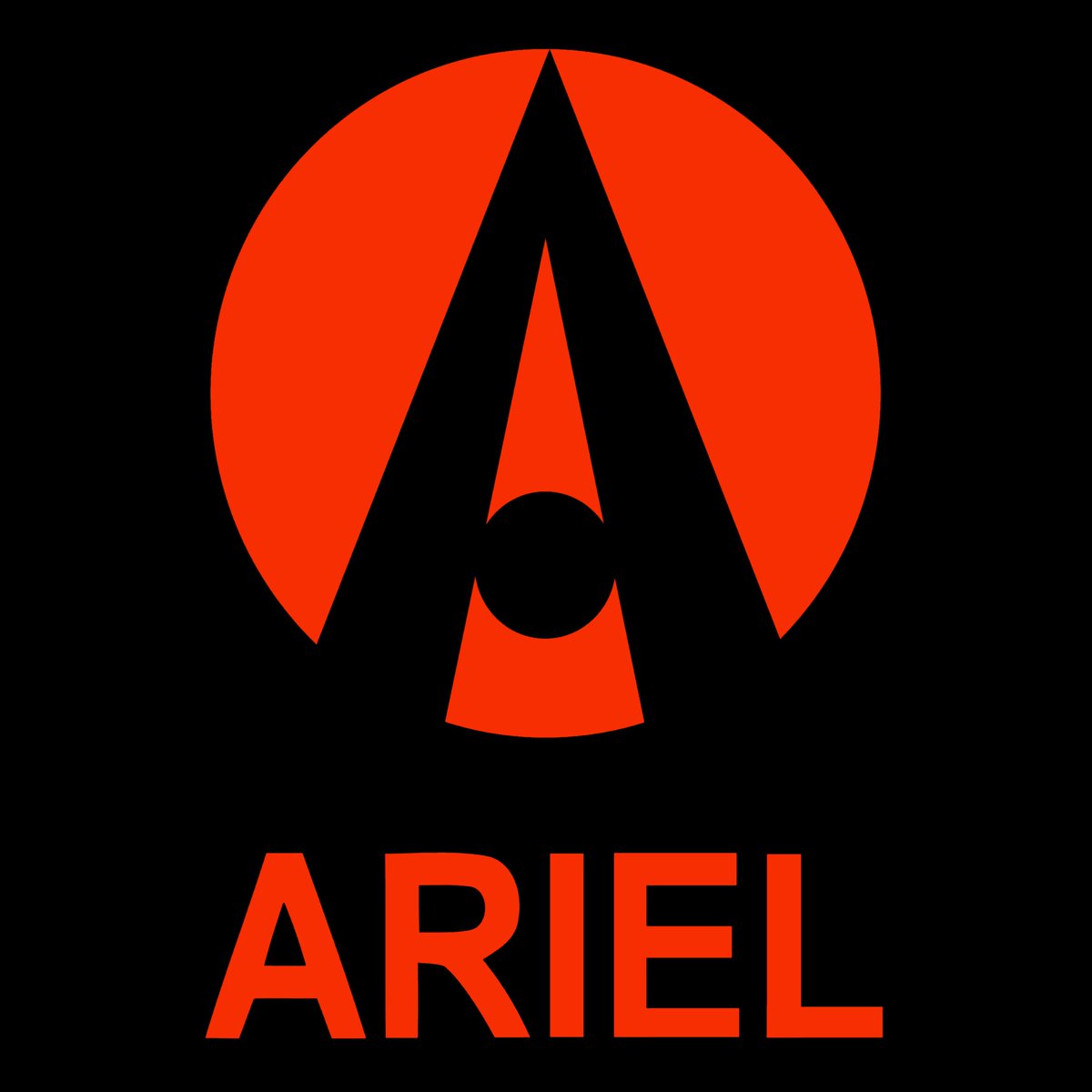

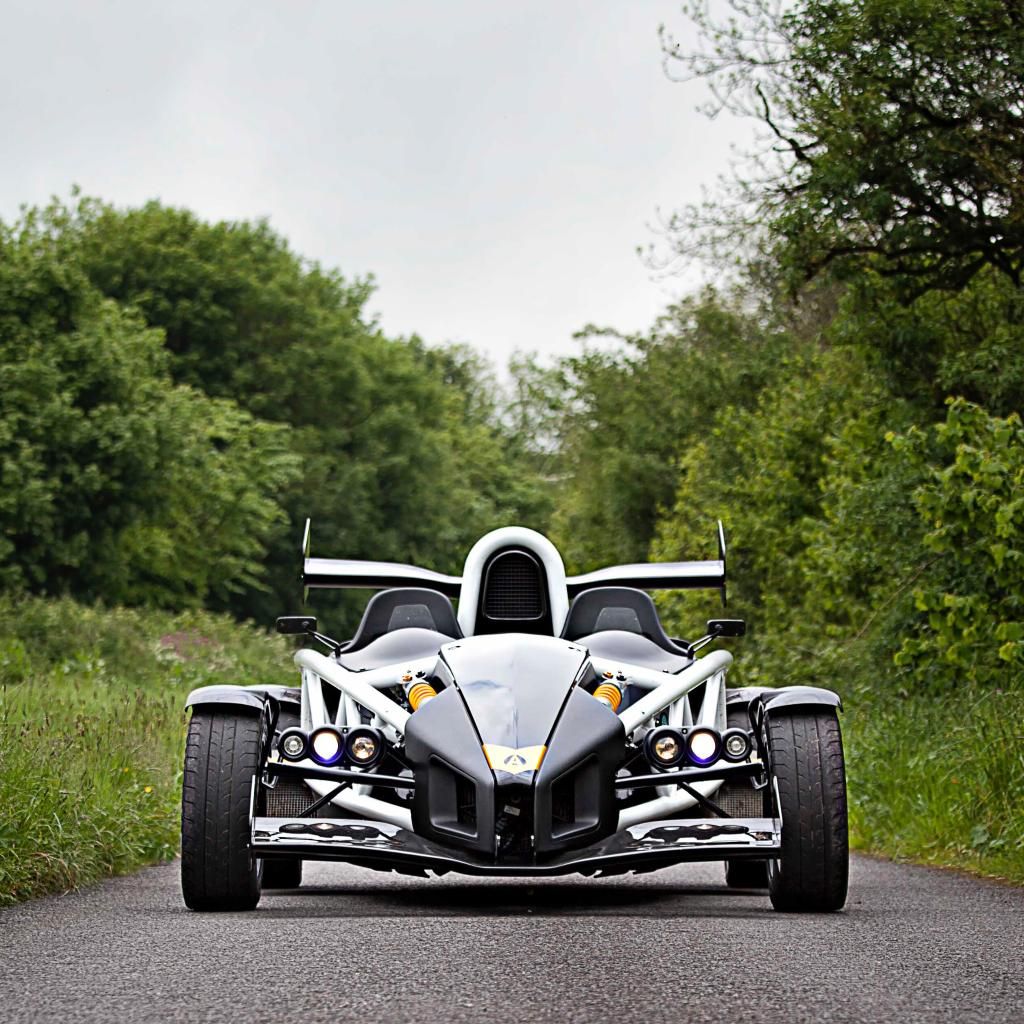
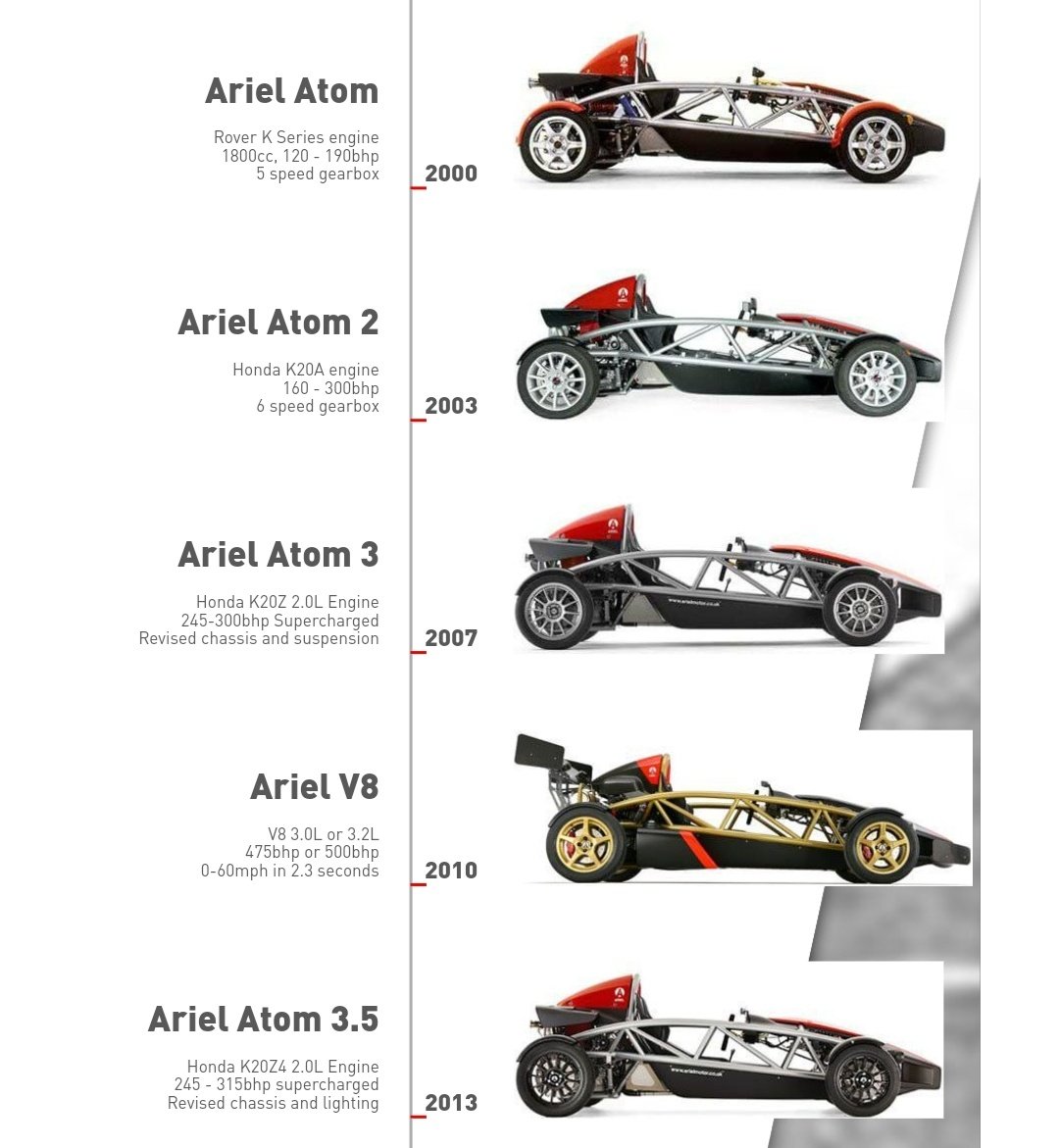

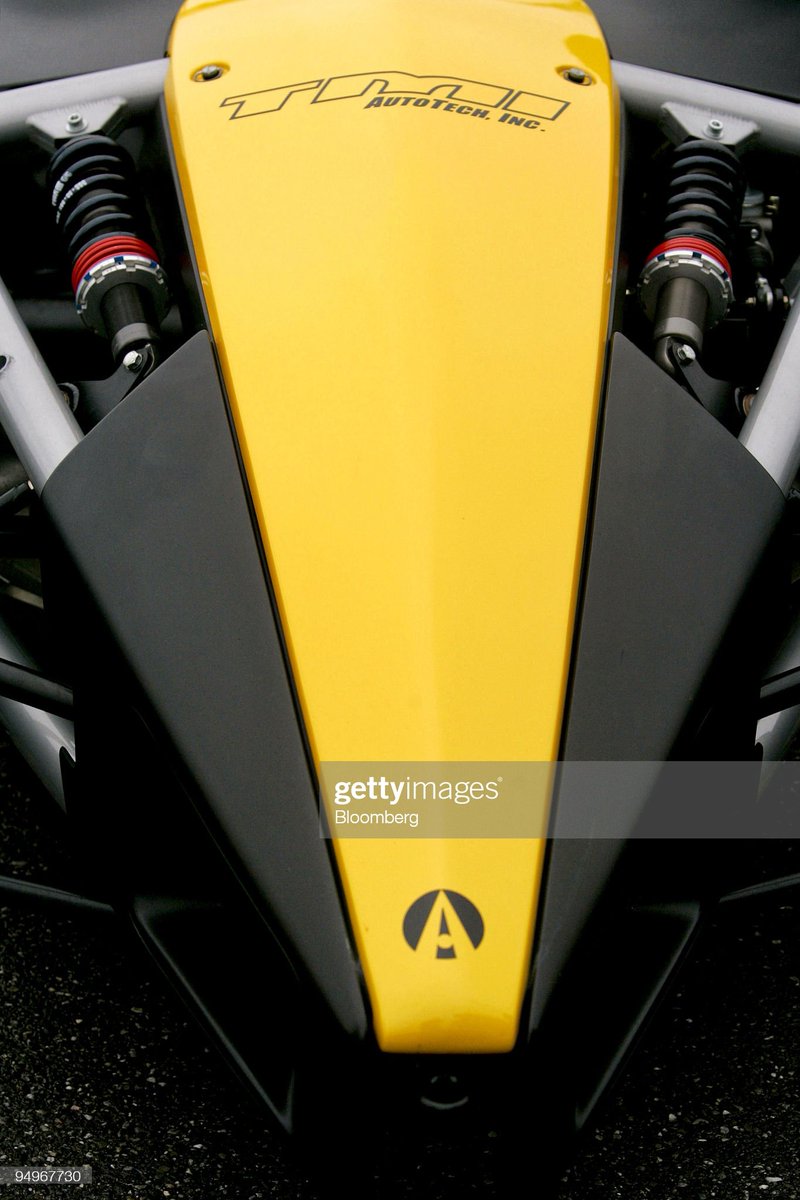
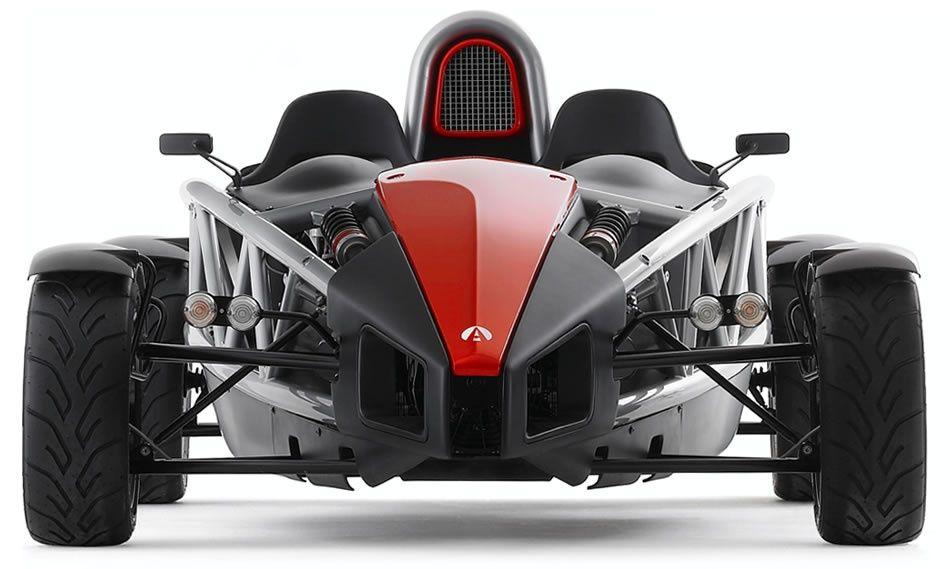






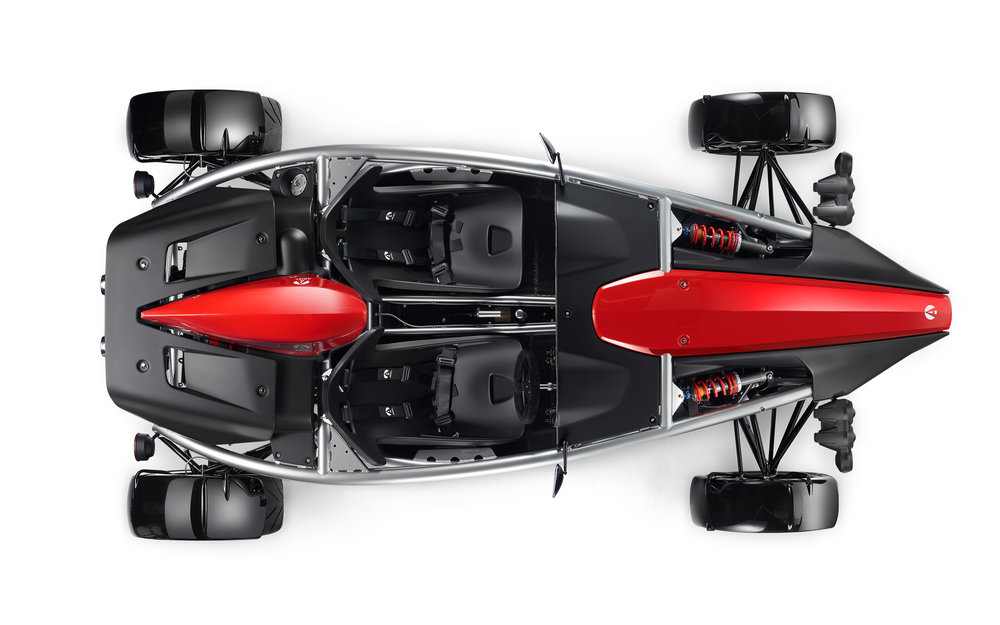
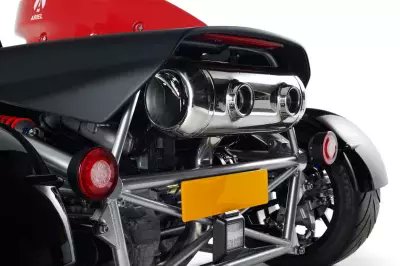


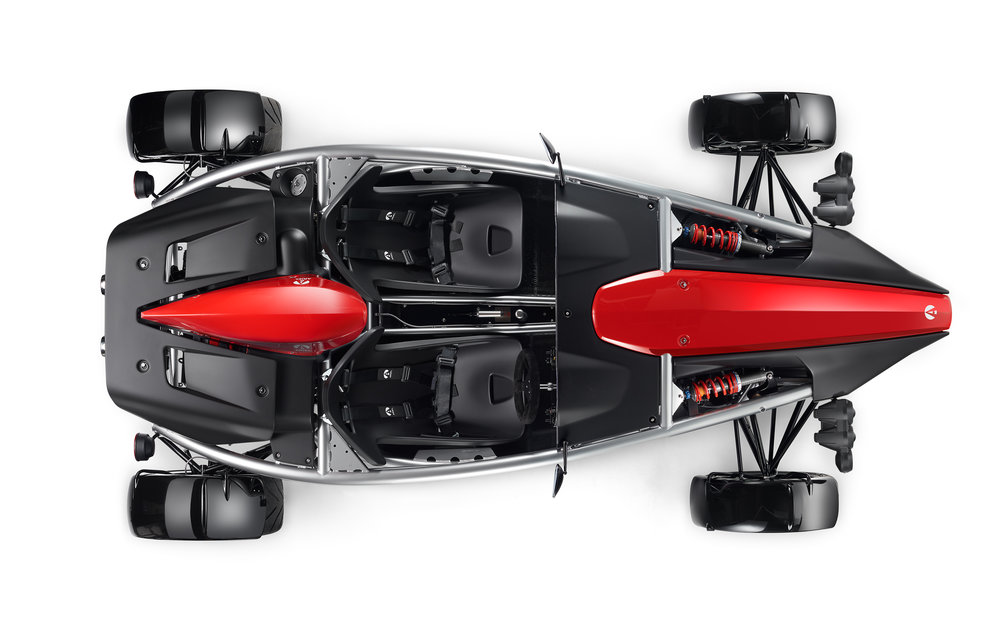 Aluminum) More softer and forgiving suspension geometry. Better ErgonomicsUpdated Electronics And Most importantly a Global supply network instead of a regional supply network." title="Here are the improvements: Longer Wheel baseAerodynamics New suspension upright (Steel https://abs.twimg.com/emoji/v2/... draggable="false" alt="➡️" title="Pfeil nach rechts" aria-label="Emoji: Pfeil nach rechts"> Aluminum) More softer and forgiving suspension geometry. Better ErgonomicsUpdated Electronics And Most importantly a Global supply network instead of a regional supply network." class="img-responsive" style="max-width:100%;"/>
Aluminum) More softer and forgiving suspension geometry. Better ErgonomicsUpdated Electronics And Most importantly a Global supply network instead of a regional supply network." title="Here are the improvements: Longer Wheel baseAerodynamics New suspension upright (Steel https://abs.twimg.com/emoji/v2/... draggable="false" alt="➡️" title="Pfeil nach rechts" aria-label="Emoji: Pfeil nach rechts"> Aluminum) More softer and forgiving suspension geometry. Better ErgonomicsUpdated Electronics And Most importantly a Global supply network instead of a regional supply network." class="img-responsive" style="max-width:100%;"/>
 https://youtu.be/XLUrozEM5... " title="I highly recommend you to watch SavageGeese& #39;s recent videos of the Atom 4 and Atom 3.5 for more in-depth look on the brand. https://youtu.be/K8WFDwNvi... href="">https://youtu.be/XLUrozEM5... " class="img-responsive" style="max-width:100%;"/>
https://youtu.be/XLUrozEM5... " title="I highly recommend you to watch SavageGeese& #39;s recent videos of the Atom 4 and Atom 3.5 for more in-depth look on the brand. https://youtu.be/K8WFDwNvi... href="">https://youtu.be/XLUrozEM5... " class="img-responsive" style="max-width:100%;"/>

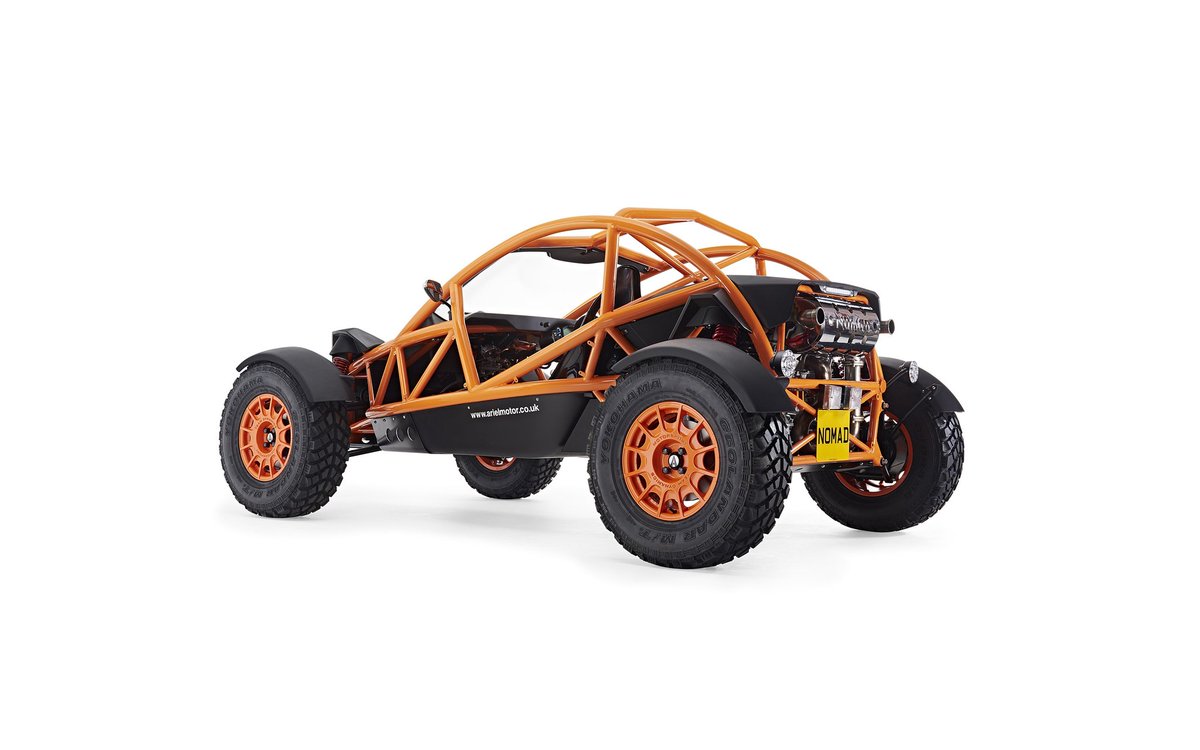
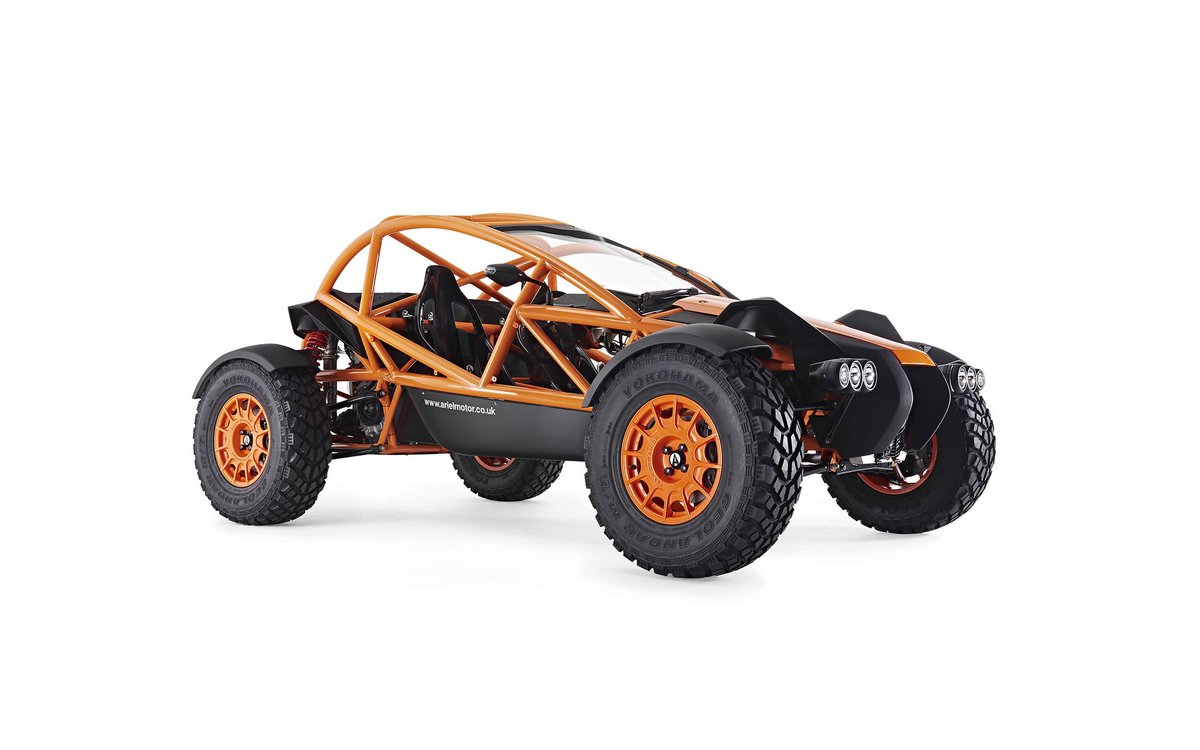
 )" title="There is another variant of the of the Nomad called the NOMAD R.The Nomad R is a more bespoke/exclusive version (only 5 produced). But here& #39;s the thing, it is less off-road capable than the normal Nomad. It is built to "Tarmac Rally" Specification (whatever that means https://abs.twimg.com/emoji/v2/... draggable="false" alt="🤷🏽♂️" title="Achselzuckender Mann (mittlerer Hautton)" aria-label="Emoji: Achselzuckender Mann (mittlerer Hautton)">)">
)" title="There is another variant of the of the Nomad called the NOMAD R.The Nomad R is a more bespoke/exclusive version (only 5 produced). But here& #39;s the thing, it is less off-road capable than the normal Nomad. It is built to "Tarmac Rally" Specification (whatever that means https://abs.twimg.com/emoji/v2/... draggable="false" alt="🤷🏽♂️" title="Achselzuckender Mann (mittlerer Hautton)" aria-label="Emoji: Achselzuckender Mann (mittlerer Hautton)">)">
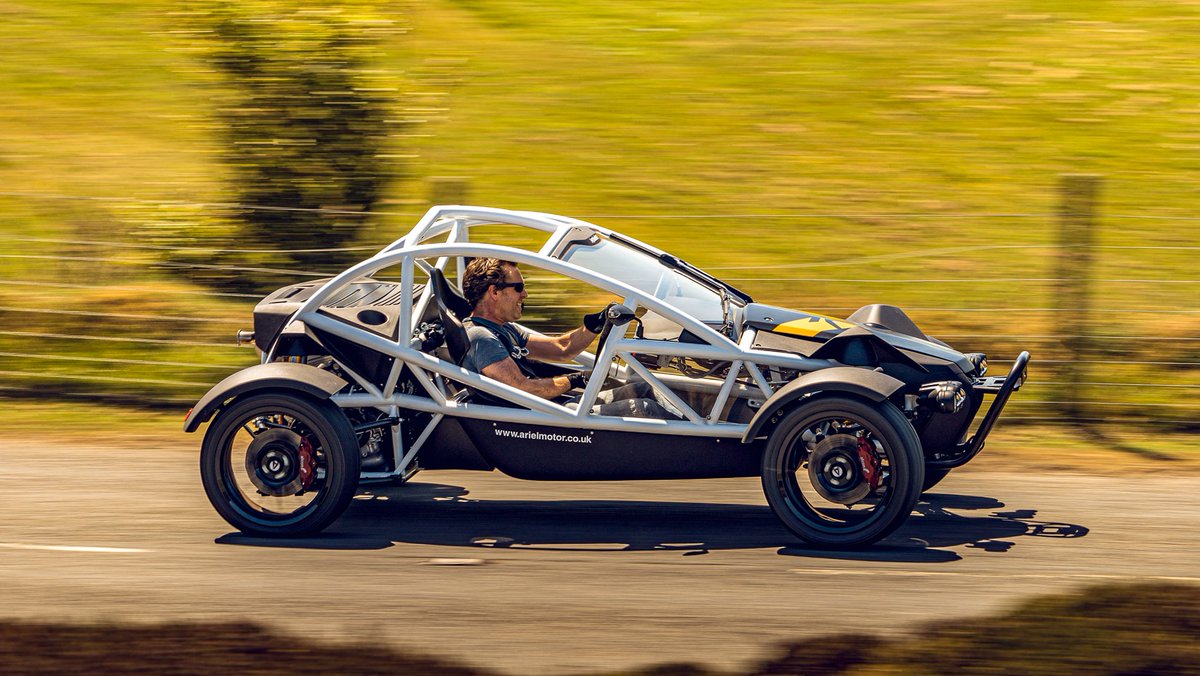 )" title="There is another variant of the of the Nomad called the NOMAD R.The Nomad R is a more bespoke/exclusive version (only 5 produced). But here& #39;s the thing, it is less off-road capable than the normal Nomad. It is built to "Tarmac Rally" Specification (whatever that means https://abs.twimg.com/emoji/v2/... draggable="false" alt="🤷🏽♂️" title="Achselzuckender Mann (mittlerer Hautton)" aria-label="Emoji: Achselzuckender Mann (mittlerer Hautton)">)">
)" title="There is another variant of the of the Nomad called the NOMAD R.The Nomad R is a more bespoke/exclusive version (only 5 produced). But here& #39;s the thing, it is less off-road capable than the normal Nomad. It is built to "Tarmac Rally" Specification (whatever that means https://abs.twimg.com/emoji/v2/... draggable="false" alt="🤷🏽♂️" title="Achselzuckender Mann (mittlerer Hautton)" aria-label="Emoji: Achselzuckender Mann (mittlerer Hautton)">)">
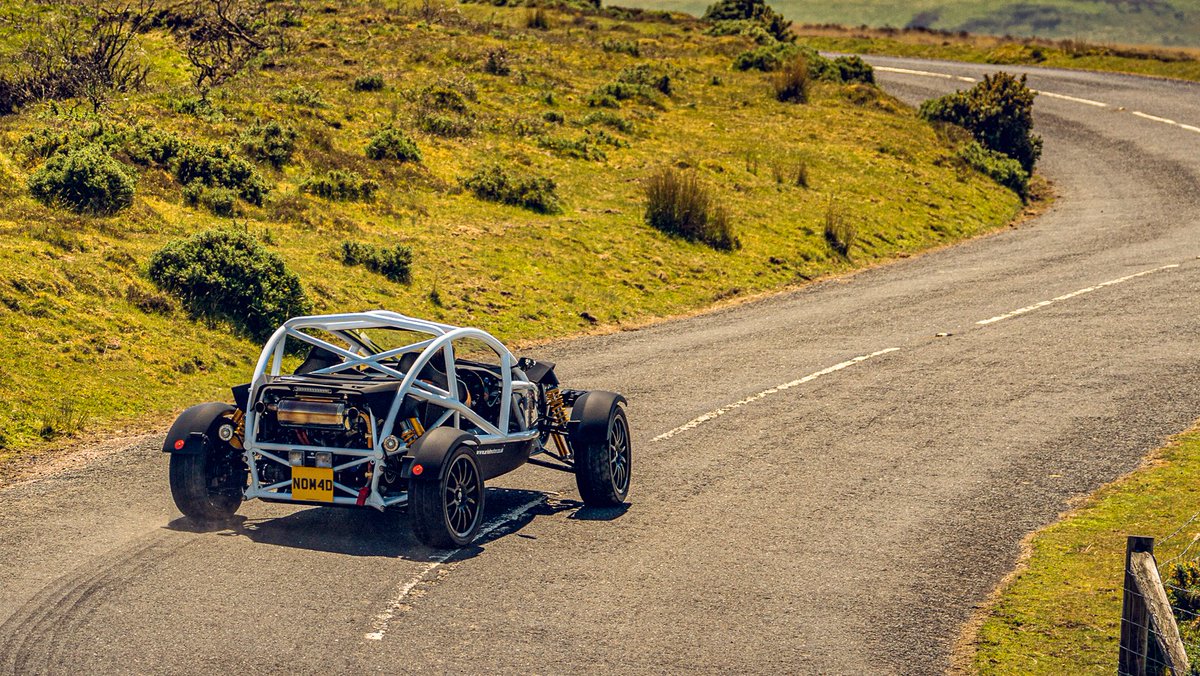 )" title="There is another variant of the of the Nomad called the NOMAD R.The Nomad R is a more bespoke/exclusive version (only 5 produced). But here& #39;s the thing, it is less off-road capable than the normal Nomad. It is built to "Tarmac Rally" Specification (whatever that means https://abs.twimg.com/emoji/v2/... draggable="false" alt="🤷🏽♂️" title="Achselzuckender Mann (mittlerer Hautton)" aria-label="Emoji: Achselzuckender Mann (mittlerer Hautton)">)">
)" title="There is another variant of the of the Nomad called the NOMAD R.The Nomad R is a more bespoke/exclusive version (only 5 produced). But here& #39;s the thing, it is less off-road capable than the normal Nomad. It is built to "Tarmac Rally" Specification (whatever that means https://abs.twimg.com/emoji/v2/... draggable="false" alt="🤷🏽♂️" title="Achselzuckender Mann (mittlerer Hautton)" aria-label="Emoji: Achselzuckender Mann (mittlerer Hautton)">)">
 )" title="There is another variant of the of the Nomad called the NOMAD R.The Nomad R is a more bespoke/exclusive version (only 5 produced). But here& #39;s the thing, it is less off-road capable than the normal Nomad. It is built to "Tarmac Rally" Specification (whatever that means https://abs.twimg.com/emoji/v2/... draggable="false" alt="🤷🏽♂️" title="Achselzuckender Mann (mittlerer Hautton)" aria-label="Emoji: Achselzuckender Mann (mittlerer Hautton)">)">
)" title="There is another variant of the of the Nomad called the NOMAD R.The Nomad R is a more bespoke/exclusive version (only 5 produced). But here& #39;s the thing, it is less off-road capable than the normal Nomad. It is built to "Tarmac Rally" Specification (whatever that means https://abs.twimg.com/emoji/v2/... draggable="false" alt="🤷🏽♂️" title="Achselzuckender Mann (mittlerer Hautton)" aria-label="Emoji: Achselzuckender Mann (mittlerer Hautton)">)">
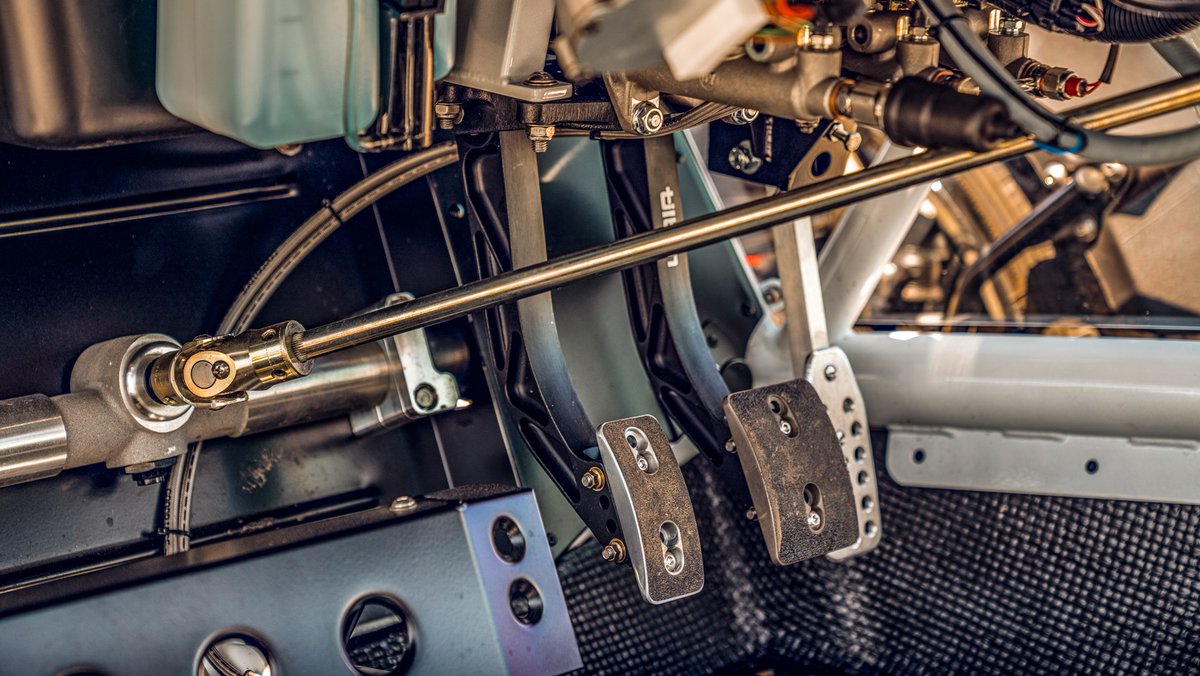
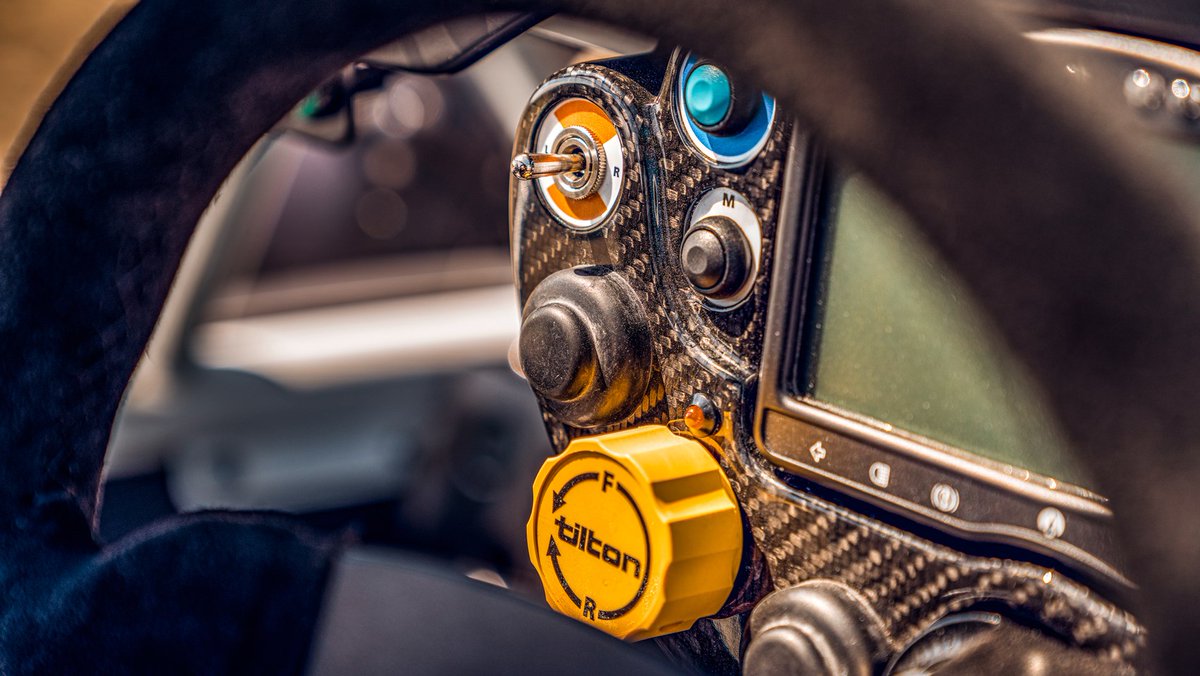
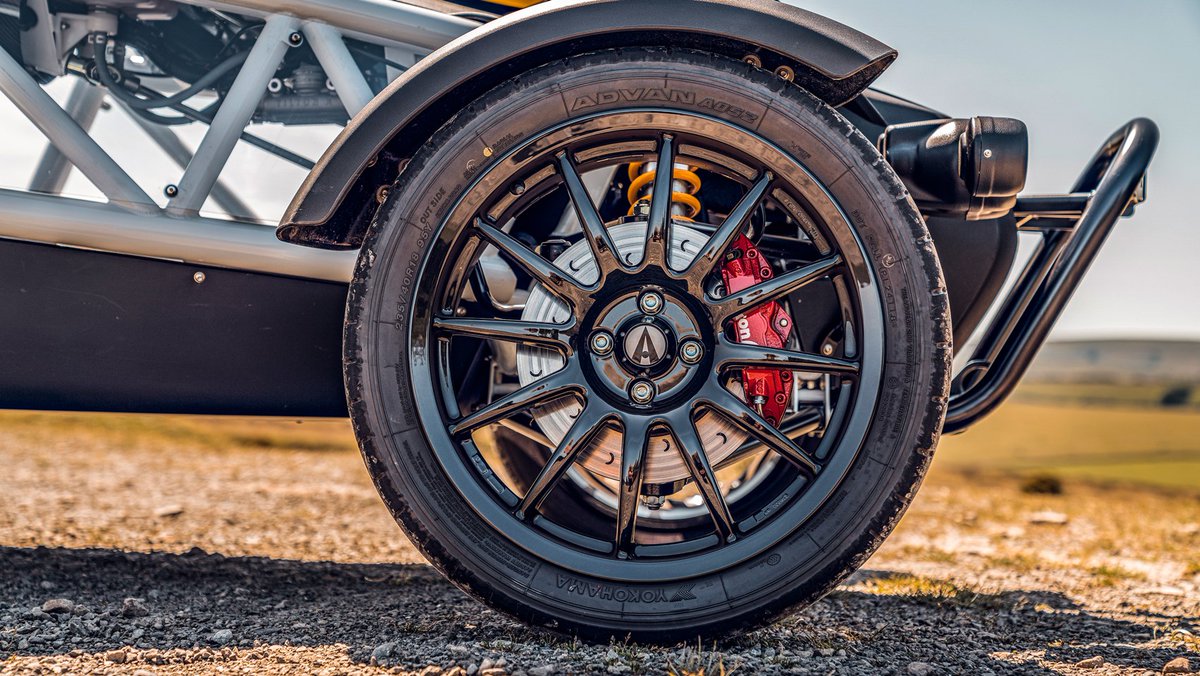
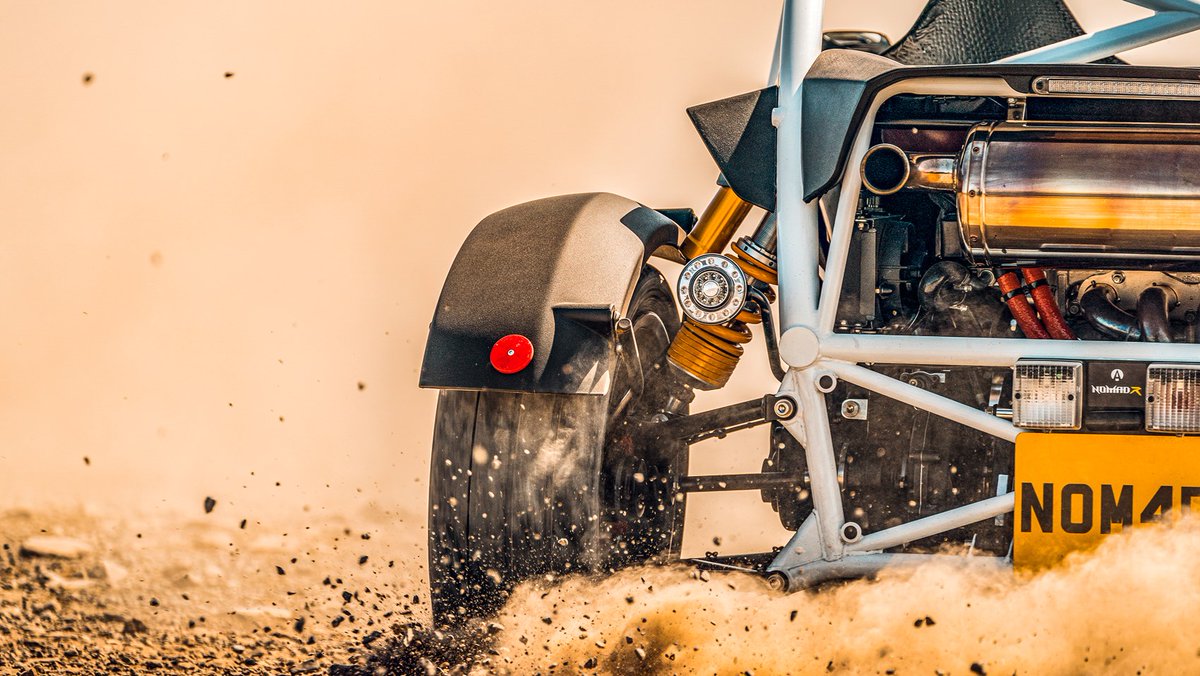
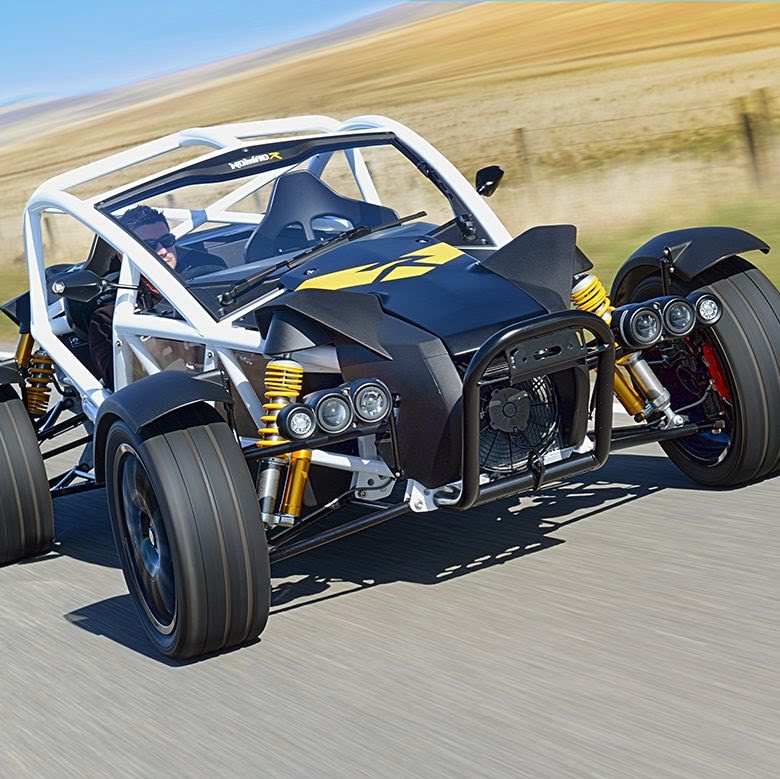
 ." title="I hope you enjoyed this thread. But the story will continue tomorrow. The Chapter for Ariel will talk about remembrance of their roots. If I& #39;m not making sense let me simplify it for you, we will be talking about a very special bike. Stay Tuned https://abs.twimg.com/emoji/v2/... draggable="false" alt="🤙🏾" title="„Ruf mich an!” (durchschnittlich dunkler Hautton)" aria-label="Emoji: „Ruf mich an!” (durchschnittlich dunkler Hautton)">.">
." title="I hope you enjoyed this thread. But the story will continue tomorrow. The Chapter for Ariel will talk about remembrance of their roots. If I& #39;m not making sense let me simplify it for you, we will be talking about a very special bike. Stay Tuned https://abs.twimg.com/emoji/v2/... draggable="false" alt="🤙🏾" title="„Ruf mich an!” (durchschnittlich dunkler Hautton)" aria-label="Emoji: „Ruf mich an!” (durchschnittlich dunkler Hautton)">.">
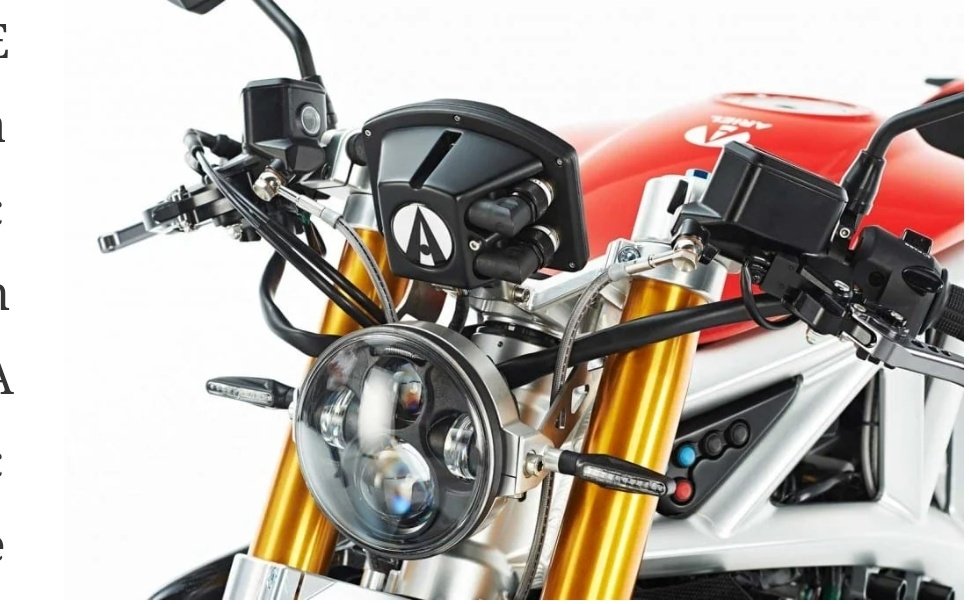 ." title="I hope you enjoyed this thread. But the story will continue tomorrow. The Chapter for Ariel will talk about remembrance of their roots. If I& #39;m not making sense let me simplify it for you, we will be talking about a very special bike. Stay Tuned https://abs.twimg.com/emoji/v2/... draggable="false" alt="🤙🏾" title="„Ruf mich an!” (durchschnittlich dunkler Hautton)" aria-label="Emoji: „Ruf mich an!” (durchschnittlich dunkler Hautton)">.">
." title="I hope you enjoyed this thread. But the story will continue tomorrow. The Chapter for Ariel will talk about remembrance of their roots. If I& #39;m not making sense let me simplify it for you, we will be talking about a very special bike. Stay Tuned https://abs.twimg.com/emoji/v2/... draggable="false" alt="🤙🏾" title="„Ruf mich an!” (durchschnittlich dunkler Hautton)" aria-label="Emoji: „Ruf mich an!” (durchschnittlich dunkler Hautton)">.">
 ." title="I hope you enjoyed this thread. But the story will continue tomorrow. The Chapter for Ariel will talk about remembrance of their roots. If I& #39;m not making sense let me simplify it for you, we will be talking about a very special bike. Stay Tuned https://abs.twimg.com/emoji/v2/... draggable="false" alt="🤙🏾" title="„Ruf mich an!” (durchschnittlich dunkler Hautton)" aria-label="Emoji: „Ruf mich an!” (durchschnittlich dunkler Hautton)">.">
." title="I hope you enjoyed this thread. But the story will continue tomorrow. The Chapter for Ariel will talk about remembrance of their roots. If I& #39;m not making sense let me simplify it for you, we will be talking about a very special bike. Stay Tuned https://abs.twimg.com/emoji/v2/... draggable="false" alt="🤙🏾" title="„Ruf mich an!” (durchschnittlich dunkler Hautton)" aria-label="Emoji: „Ruf mich an!” (durchschnittlich dunkler Hautton)">.">


